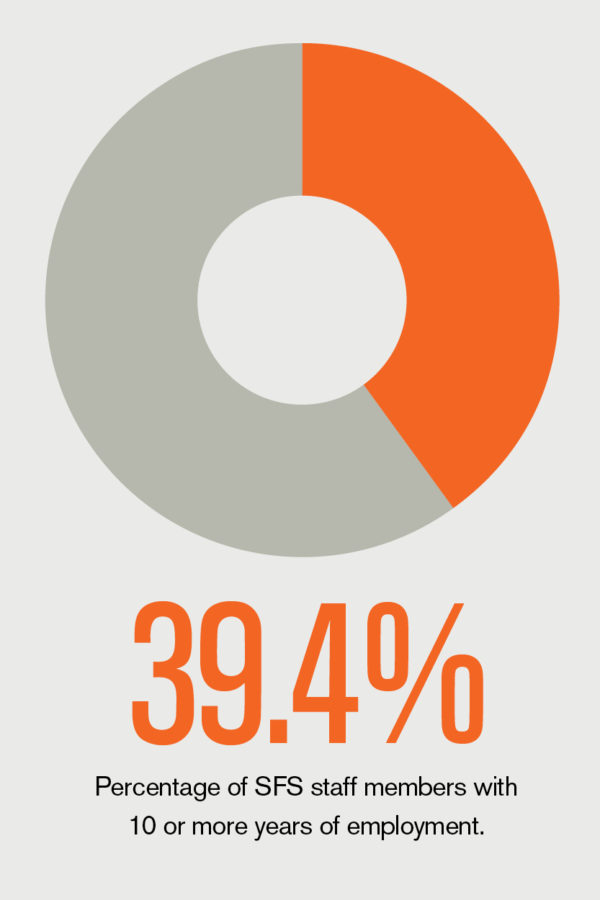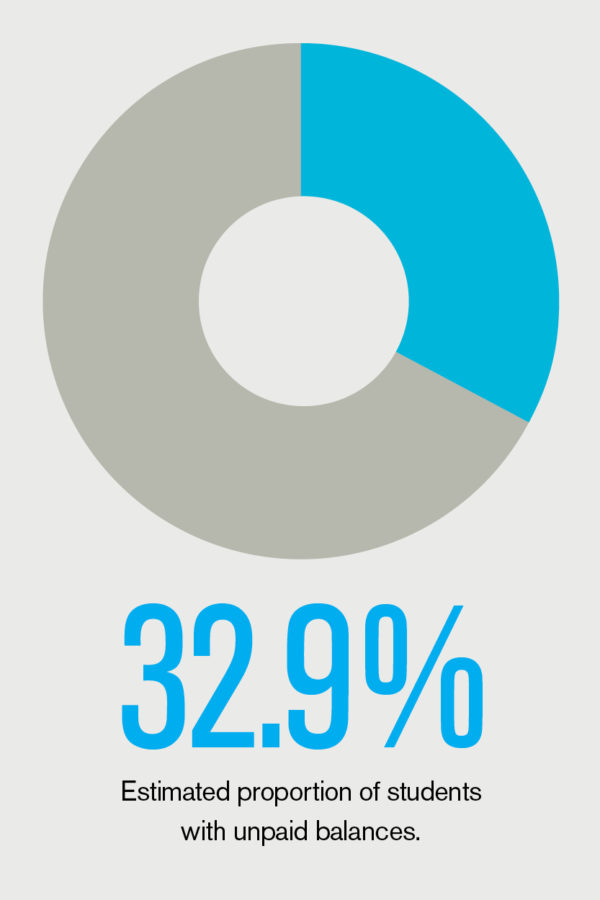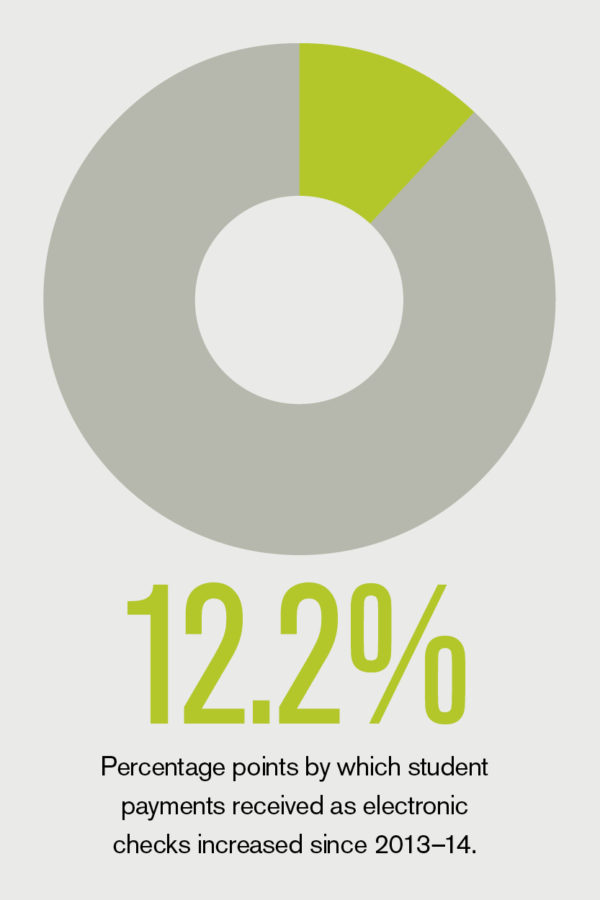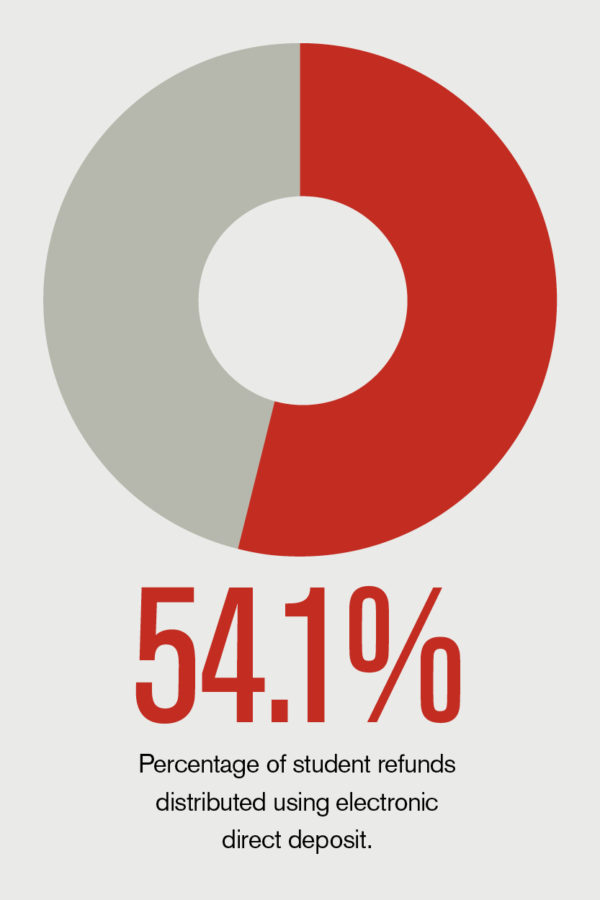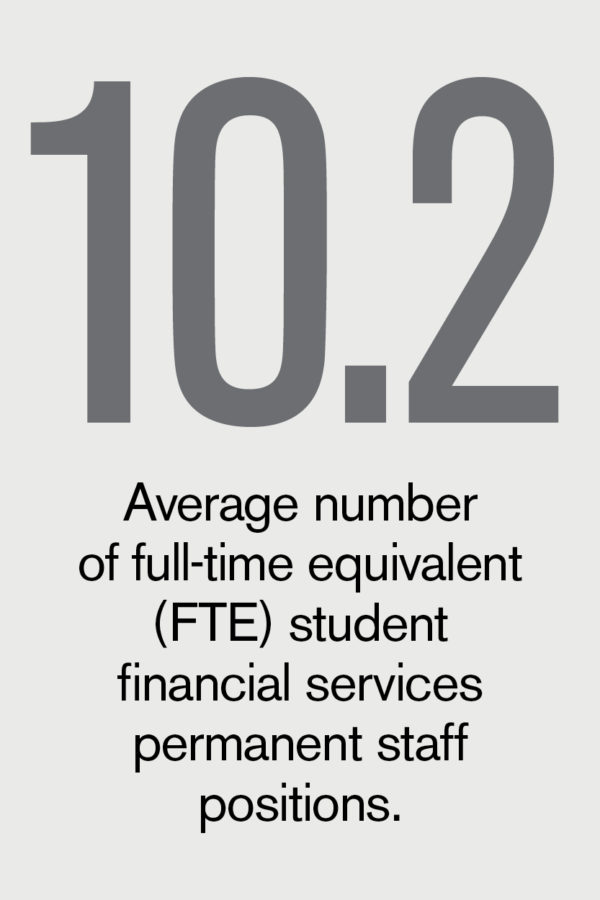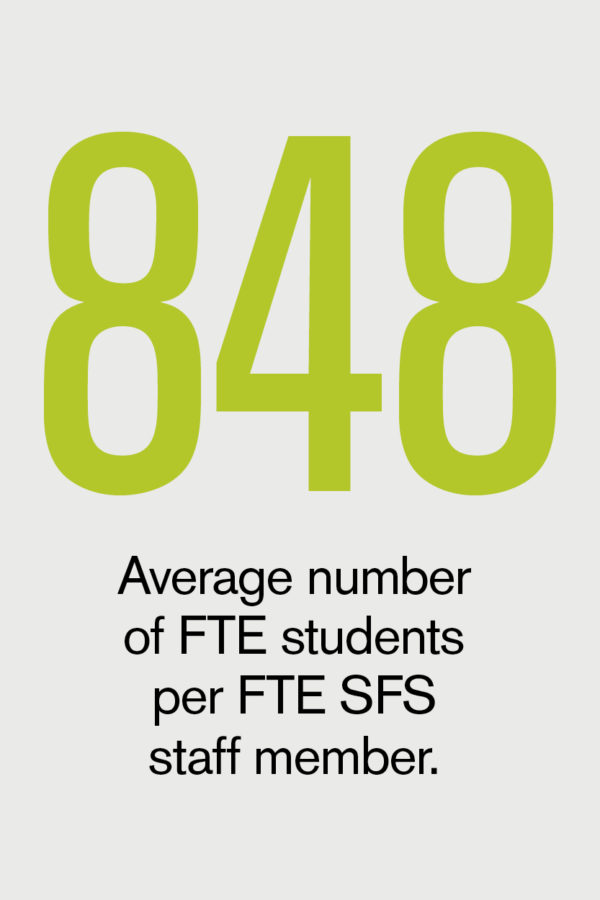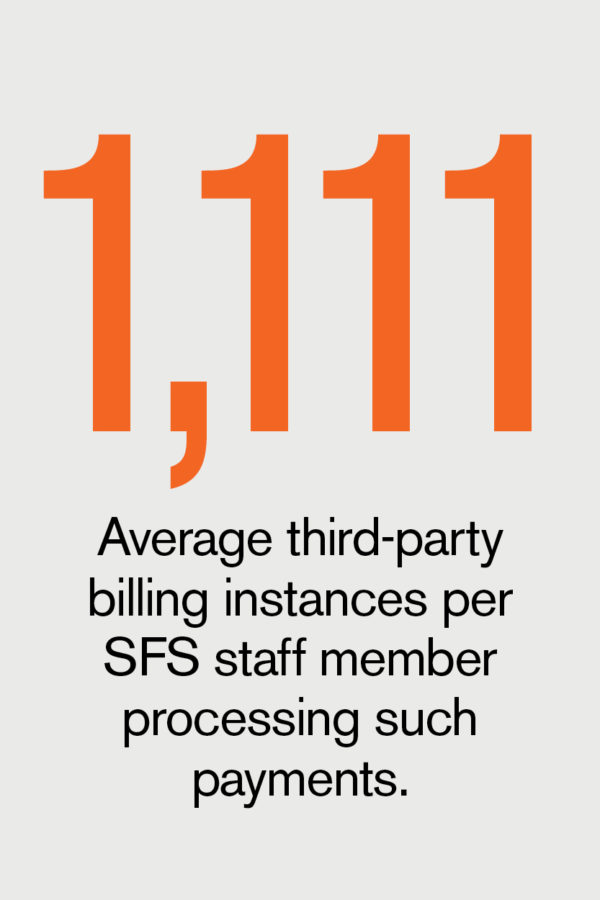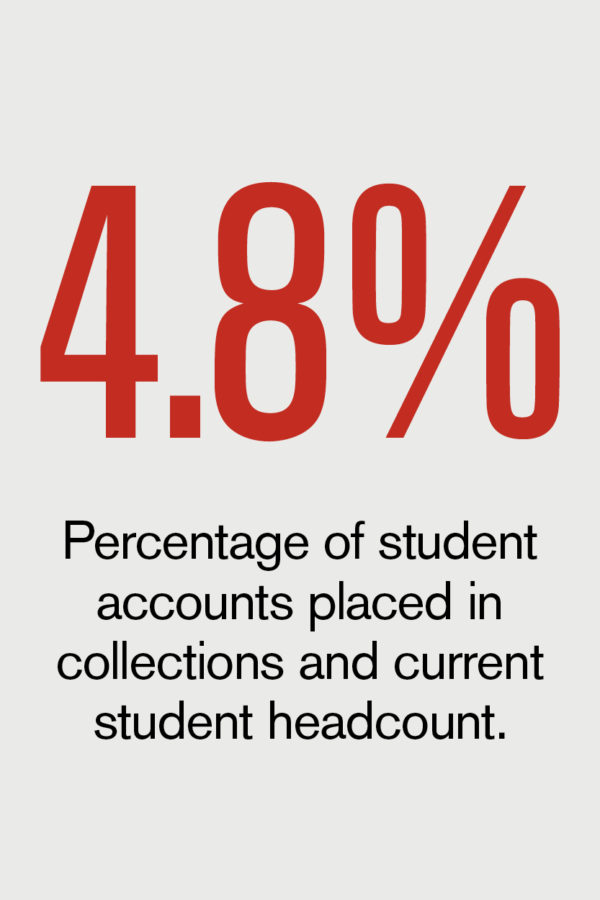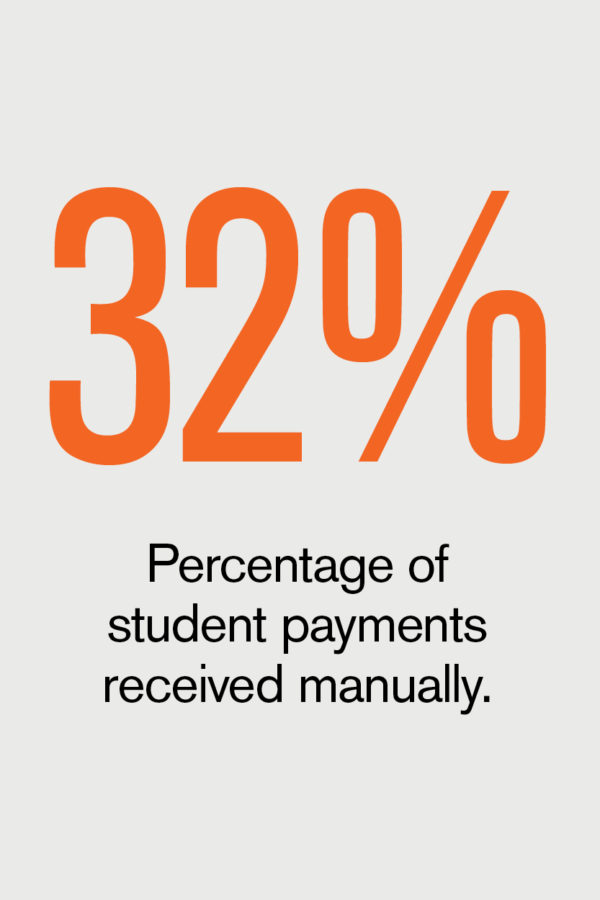Achieving financial sustainability and success as an institution is difficult enough in today’s business environment of limited resources. It’s even more challenging when collaboration is absent among colleagues who, in theory, are working for the same team. That sense of a lack of partnership was evident among the 22 unit business officers at the University at Buffalo (UB), Buffalo, N.Y., spread throughout the largely decentralized institution serving nearly 20,000 undergraduate and 10,000 graduate students.
Laura Barnum, UB’s former associate vice president for resource planning, and Beth Corry, associate vice president and controller, were central in helping re-establish trust and a common understanding about mission among the university’s business office staff. As they detailed in their session “Engaging Unit Business Officers,” the process of regaining that team spirit and implementing an integrated resource planning approach was neither simple nor quick, and required transparency at every level. They presented at the NACUBO 2018 Annual Meeting, July 21–24, in Long Beach, Calif. Read also, “SoCal Collaborations”.
Taking Stock
The first step back to an esprit de corps required undertaking a reality check on the current work environment. Recent leadership transitions among the provost and vice president for finance and administration provided a natural opportunity for such an across-the-board assessment and evaluation that kicked off in 2013. A listening tour with deans and vice presidents unearthed the hard truth: Interactions with unit business officers were largely transactional, and there was a general lack of trust in budget data or the budgeting process.
More specifically, in broader conversations with key leaders and with central and supporting business officer staff, it quickly became clear that the roles and responsibilities of unit business officers were not well understood or defined, data hoarding was prevalent, and the lack of a consistent annual budget cycle contributed to a silo operation mentality.
When unit business officers were asked how their work environment should operate, among the solutions suggested were these:
- Increase transparency.
- Improve budget and financial planning (calendars, timeliness, and budget model).
- Develop a budget and planning model committee.
- Develop fully integrated information systems.
- Provide professional development for unit business officers.
- Review and create universitywide policies.
Paying Attention to Process
The need for greater transparency, collaboration, and consistency likewise pointed to the need for better training, well-articulated policies, and improved communication. Much of the breakdown in an efficient and effective work environment was the result not of the people, but of the process—or the lack of process. For one, because of the lack of a consistent budget cycle, units were uncertain when they would be asked for information.
The lack of a centralized reporting system and standardized policies allowed for multiple shadow systems to develop—further exacerbating the problem of data consistency. And, a lack of regular communication, guidance, and training had resulted in fragmented relations between central business officer staff and unit staff members.
To address these gaps, the university embarked on an ambitious course to change the work environment and culture, and improve overall engagement of unit business officers. New initiatives completed or in process include:
- Creating a new office of policy and operational excellence with a group task force focused on policy coordination.
- Establishing a strategic and operational reporting council to better understand the specific reports and dashboards that others need to see.
- Creating a new data analytics office to better model financial data for others and support central and unit business planning.
- Establishing a consistent budget model and campuswide integrated electronic document management system that provides access to information across the institution.
- Creating a resource planning guide and developing a centralized website where everyone can reference established policies and procedures.
- Re-establishing monthly unit business officer meetings and holding retreats and workshops to enhance a sense of community.
- Soliciting regular unit business officer feedback through surveys and focus groups.
- Creating more professional development opportunities, including improved onboarding, webinars on topics of interest to unit business officers, and operational excellence initiatives.
- Increasing understanding and trust in university financial data through joint business services, resource planning, and academic-unit, business officer department chair presentations.
Outcomes of this process have scored wins in efficiency and engagement. Since the start of this transition, unit budget closure time has decreased by three months on average. Seventy percent of unit business officers now serve on a committee. And, the university has seen a 95 percent increase in those who are using strategic reporting dashboards in their planning efforts.
KARLA HIGNITE, Fort Walton Beach, Fla., is a contributing editor for Business Officer.





